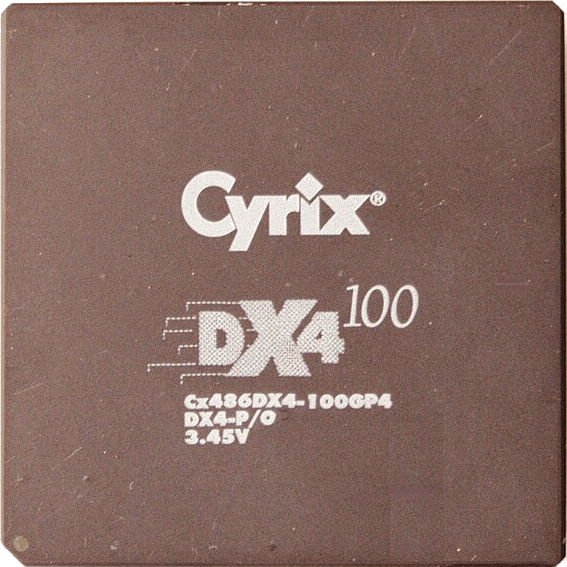- cross-posted to:
- linux@programming.dev
- cross-posted to:
- linux@programming.dev
I don’t think this affects anything other than some really ancient machines from the 1990s which would struggle to have enough RAM to run modern Linux anyway. But the problem is I could be wrong about that and there could be embedded systems that do need modern updates due to internet exposure about or other systems running apparently old instruction sets all over the world. I don’t know so I would want to see a feedback site set up for people to say if they need this support and to estimate how many exist.
I thought they already removed i486 support.
I wonder if that new instructions are needed for anything useful.
I guess that old hardware was always gonna go obsolete someday. I wonder how many are still in use
The patch series today though would end support for original i486 processors as well as early i586 processors. The kernel patches would remove support for CPUs lacking TSC and CX8/CMPXCHG8B capabilities. Basically this would put the minimum upstream Linux kernel support for 32-bit processors at the original Pentium CPU with CMPXCHG8B and Time Stamp Counter (TSC) support.
There were 586 CPU that were not Pentiums? Article implies the original Pentium would be the new baseline, but then what 586 CPUs would lose support?
I believe i686 were the first Pentium chips.
They were named pent-ium because they were 586. Of course, the name lasted a lot longer than the technical reasons.
The Pentium Pro was i686.
I am not sure which CPUs exactly the article is refering to with those early i586 CPUs, but I do remember those Cyrix 6x86/6x86MX CPUs. When it comes to Linux, they were always treated as 486-class CPUs because they were missing some instructions required to be considered 586-class. On the other hand their architecture was actually quite modern, like a 686 CPU with out-of-order execution. The 6x86MX also supported the CMOV instruction which is usually associated with 686-class CPU. Quite strange CPUs from today’s perspective.
VIA also had some CPUs (certain VIA C3 CPUs) that the Linux kernel always treated as 486-class CPUs due to some missing 586 instructions.
Then you have the NexGen Nx586, which is arguably 386-like in having no FPU, but ended up being the ancestor of most modern x86 CPUs by decomposing complex operations into RISC-esque micro-ops.
i very vaguely recall cyrix having a 586 but i can’t recall if it was drop in compatible or not - their chips were always bootleg quality as i remember it
Crazy to think that the concept of “bootleg quality” was even possible for a CPU.
i have no idea how they were viewed to the world at large; i was a teenager when these were released. I know the vibe at the time though was these were budget chips that you got if you couldn’t afford intel chips, and the cost discount came with a performance hit it wasn’t an AMD situation.
i’m pretty sure i ran a cyrix chip at some point although i think it was a likely a 486 clone until i could afford a proper discount intel chip; the celeron
I think your description of “bootleg CPUs” is spot on. I was even younger (pre-teen) than you in those days. Some of my first computing experiences were on a 486 running Windows 3.1 in 95 or so. I was waiting for my mother to finish work and I was allowed to mess around on the receptionist’s computer.
I am just thinking it would be crazy to have say a bootleg Ryzen (or even Snapdragon) in our time.
There were 586 CPU that were not Pentiums?
There were a lot of Socket 7 CPUs. From VIA/AMD/IBM to a dozen of smaller alternatives I wouldn’t be able to recall already.
Cyrix
That’s a name I haven’t heard in forever
Ah I see. So all 486 CPUs and early 586 clones with original Pentiums still being supported.
Well, it doesn’t mean anything. They want to drop support for CPUs that lack some capabilities. So which CPUs will stay supported and which not depends on the presence of the needed command set in the CPU.




